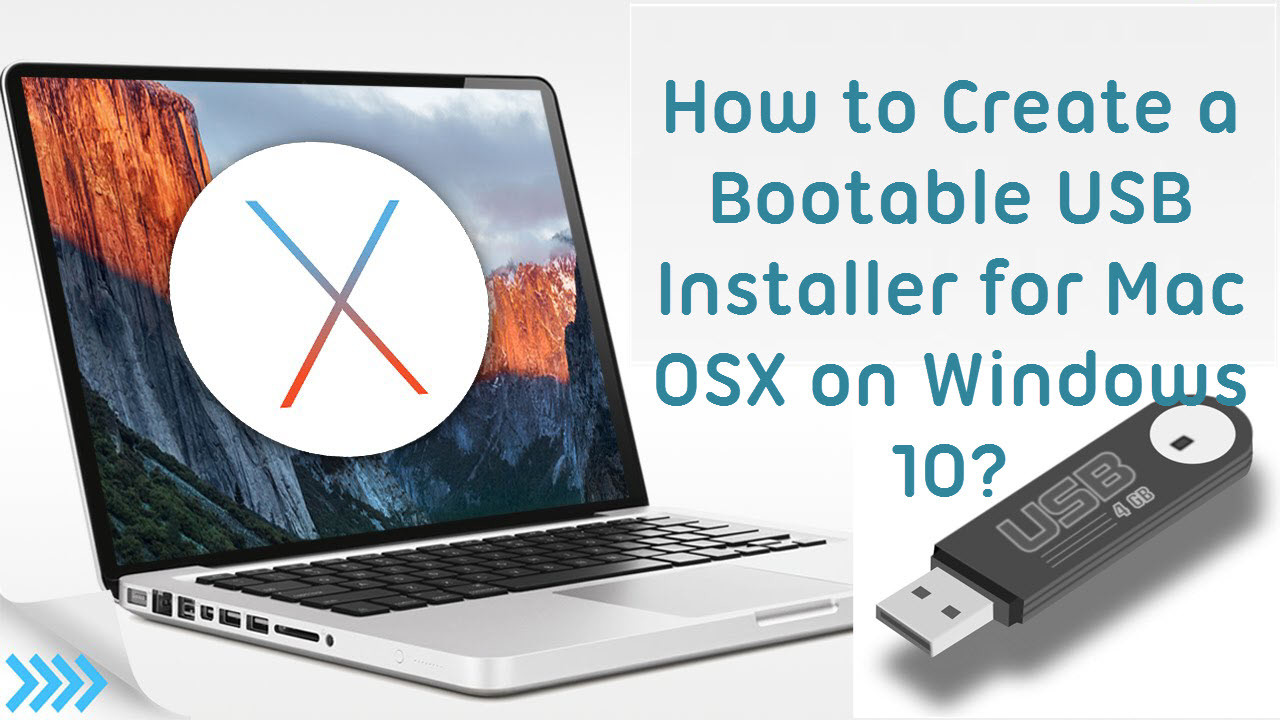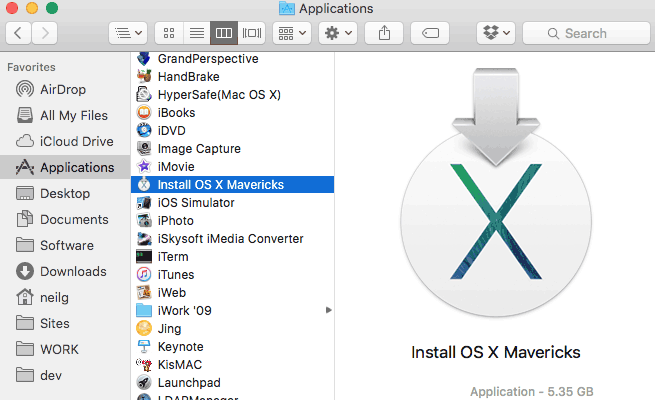- Make Bootable Usb For El Capitan 10
- Create Bootable El Capitan Usb
- Make Bootable Usb For El Capitan Drive
- El Capitan Installer
- Make Bootable Usb For El Capitan Mac
- Make Bootable Usb For El Capitan Software
Apr 03, 2016 How to make a bootable OS X El Capitan USB Install Drive - Duration: 11:45. MAR Software Technologies LLC 67,058 views. How to Create a Mac OS X USB Boot Drive in Recovery Mode - Duration. Create Bootable USB for Mac OS X El Capitan with TransMac A new pop up box will appear, click on the three-dots, and then select the macOS X El Capitan.DMG file from Windows. Then click on OK. Choose Mac OSX El Capitan DMG file.
Bootable os mojave installer drive le os x boot stick erstellen top10it os x 10 11 el capitan bootfähigen usb snow leopard usb installer disk alsoft makers of diskwarrior

Lion disk maker für how to create a bootable usb drive with os x snow leopard le os x boot stick erstellen top10it os x 10 mavericks bootfähigen usb disk mit diskmaker erstellen 10 6 to snow leopard using windows osx86
These advanced steps are primarily for system administrators and others who are familiar with the command line. You don't need a bootable installer to upgrade macOS or reinstall macOS, but it can be useful when you want to install on multiple computers without downloading the installer each time.
Download macOS
Make Bootable Usb For El Capitan 10

Find the appropriate download link in the upgrade instructions for each macOS version:
macOS Catalina, macOS MojaveormacOS High Sierra
Installers for each of these macOS versions download directly to your Applications folder as an app named Install macOS Catalina, Install macOS Mojave, or Install macOS High Sierra. If the installer opens after downloading, quit it without continuing installation. Important: To get the correct installer, download from a Mac that is using macOS Sierra 10.12.5 or later, or El Capitan 10.11.6. Enterprise administrators, please download from Apple, not a locally hosted software-update server.
You'll need to use Disk Utility to do that. Click on your Mac's startup drive in the Disk Utility sidebar. Click Disk Utility when in macOS Recovery. It should be the drive at the top of the sidebar if there are multiple drives. Backup utility for macos. Click Continue.
OS X El Capitan
El Capitan downloads as a disk image. On a Mac that is compatible with El Capitan, open the disk image and run the installer within, named InstallMacOSX.pkg. It installs an app named Install OS X El Capitan into your Applications folder. You will create the bootable installer from this app, not from the disk image or .pkg installer.
Use the 'createinstallmedia' command in Terminal
- Connect the USB flash drive or other volume that you're using for the bootable installer. Make sure that it has at least 12GB of available storage and is formatted as Mac OS Extended.
- Open Terminal, which is in the Utilities folder of your Applications folder.
- Type or paste one of the following commands in Terminal. These assume that the installer is still in your Applications folder, and MyVolume is the name of the USB flash drive or other volume you're using. If it has a different name, replace
MyVolumein these commands with the name of your volume.
Catalina:*
Mojave:*
High Sierra:*
El Capitan: - Press Return after typing the command.
- When prompted, type your administrator password and press Return again. Terminal doesn't show any characters as you type your password.
- When prompted, type
Yto confirm that you want to erase the volume, then press Return. Terminal shows the progress as the bootable installer is created. - When Terminal says that it's done, the volume will have the same name as the installer you downloaded, such as Install macOS Catalina. You can now quit Terminal and eject the volume.
Create Bootable El Capitan Usb
* If your Mac is using macOS Sierra or earlier, include the --applicationpath argument, similar to the way this argument is used in the command for El Capitan.
Appleusbuhci kext for el capitan hackintosh. This download is provided 'as is' without warranties or insurance of any kind, either expressed or implied, including, but not limited to, the implied warranties of merchantability and fitness for a particular purpose. Should the tool prove defective, you assume the cost of all necessary servicing, repair or correction.If hackintosh zone helped you, please consider a contribution to support further development by clicking. The entire risk as to the quality and performance of this tool is with you.
Use the bootable installer
After creating the bootable installer, follow these steps to use it:
- Plug the bootable installer into a compatible Mac.
- Use Startup Manager or Startup Disk preferences to select the bootable installer as the startup disk, then start up from it. Your Mac will start up to macOS Recovery.
Learn about selecting a startup disk, including what to do if your Mac doesn't start up from it. - Choose your language, if prompted.
- A bootable installer doesn't download macOS from the Internet, but it does require the Internet to get information specific to your Mac model, such as firmware updates. If you need to connect to a Wi-Fi network, use the Wi-Fi menu in the menu bar.
- Select Install macOS (or Install OS X) from the Utilities window, then click Continue and follow the onscreen instructions.
Learn more
Make Bootable Usb For El Capitan Drive
For more information about the createinstallmedia command and the arguments that you can use with it, make sure that the macOS installer is in your Applications folder, then enter this path in Terminal:
El Capitan Installer
Catalina:
Make Bootable Usb For El Capitan Mac
Mojave:
Make Bootable Usb For El Capitan Software
High Sierra:
El Capitan: